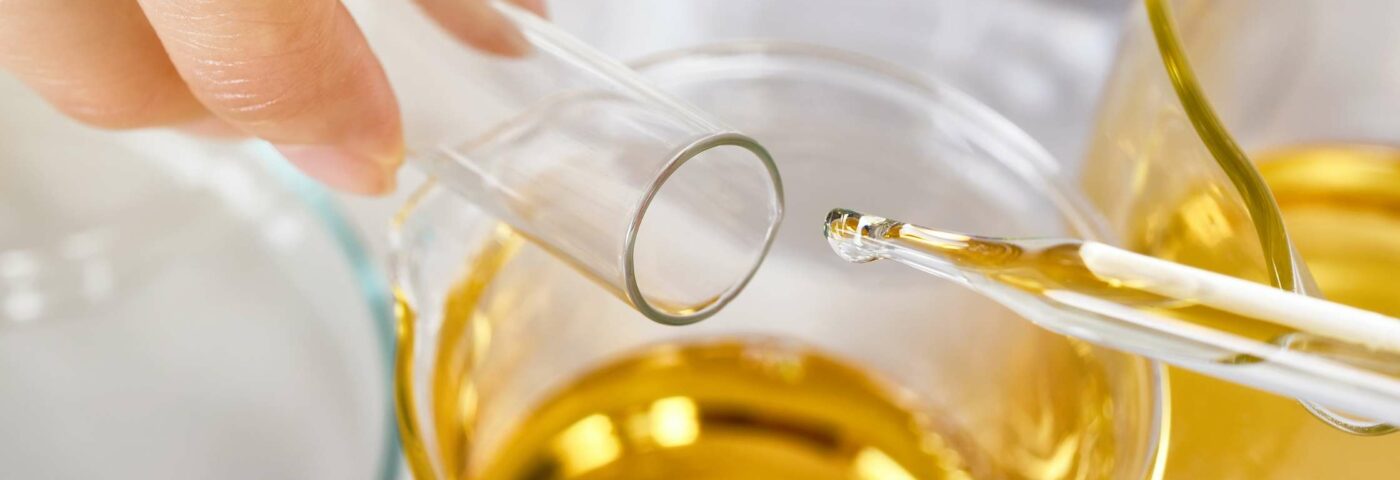Sponsored by: COSSMA
For the sun protection factor in the finished product to work reliably, a dependable formulation is essential. But not all active ingredients are photostable. In their article in Cossma magazine, Dr Shaher Duchi and Dr Danny Goldstein of Tagra show how microencapsulation technology improves the performance of avobenzone.
To protect from sunlight, organic UV filters must absorb UV energy. The absorption of a UV energy results in a degradation of the UV filter and formation of new compounds that don’t have protective capabilities. The preferred sunscreen product should provide a broad-spectrum protection against both UVB and UVA while maintaining sensorial features that enhance the user’s experience. Avobenzone (butylmethoxydibenzo-ylmethane) is a very efficient UV filter available and is often used as protection against UVA.
Functionality: The measured in vitro SPF value of the tested o/w formulation containing 5% microencapsulated avobenzone was 2.89 representing UV filter efficiency (SPF index, %) of about 3. This value is equivalent to that of the non-encapsulated free avobenzone. Notably, the UVA-PF was 4.97 which is the same expected value as when using free avobenzone at the same concentration level.
Chemical photostability: Photostability results indicates that the mean relative content of avobenzone, following exposure to direct sunlight, remained significantly higher in its encapsulated form compared to free avobenzone, thus enhancing the photostability. After seven hours of direct sun light exposure, 43% of the initial avobenzone was detected in the microcapsules, compared to only 12% in its free form.
Functional photostability: Photostability test results indicate that the functionality of avobenzonew as UVA absorber, following exposure to UV irradiation, remained significantly higher in its encapsulated form compared to free avobenzone, showing that microencapsulation has a significant impact on preventing activity loss of avobenzone. After 100J irradiation, which is equivalent to five hours of sun exposure at 12 noon, the encapsulated avobenzone preserved about 40% of the functionality compared to 5% in its free form. Thus, the microcapsules successfully protect avobenzone from degradation following UV exposure and preserve its ability to absorb UVA.
Physical stability: Avobenzone microcapsules show very high resistance to physical stress and preserve integrity after high shear mixing. The microcapsulesmaintain their spherical shape and size following homogenisation.No broken microcapsules and no change in particle size were obseved before and after homogenisation.
Avobenzone is a very efficient and the only globally approved UVA filter, aimed to protect human skin from sun exposure damage such as skin-ageing and UVA-induced skin cancer. However, product developers are still facing formulation challenges when trying to incorporate it into innovative skincare products. Its photostability, along with its low solubility and recrystallisation issues are major obstacles. Encapsulating avobenzone in an unbreakable and transparent microcapsule is an innovative solution, which can protect and hermetically isolate it from its surroundings thereby reducing its degradation during UV exposure. In addition, the avobenzone microcapsules in a powder form can be easily incorporated into any type of formulation at any stage during product preparation. This can be achieved without the need for using solvents (solubilisers) to dissolve the avobenzone and with no risk of recrystallisation. Therefore, innovative sun care formulations, which are safer, stable, and effective, can easily be developed using microencapsulated avobenzone.
Read more here!

